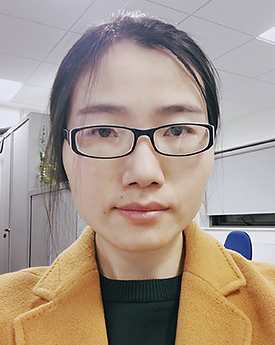
About us
The theory of molecular-scale transport group has made outstanding contributions to the field of molecular electronics, both in the development of new concepts and methodologies and through highly original and innovative applications to problems in materials science.
Experimental groups around the world are competing to realise these ideas in the laboratory and a community of theoreticians has adopted our theoretical concepts and methodologies.
We use quantum mechanics, molecular transport and scattering theory to analyse electron, phonon and spin transport through molecules and low-dimensional materials. Our concepts and predictions are used to design new functional materials. By first understanding how electricity and heat flow through single molecules, then designing molecules, which exploit quantum mechanics to achieve desirable function. We can finally upscale to massively parallel arrays of molecules to create new materials. Target functionalities include high-performance thermoelectric materials, molecular-scale devices for DNA sequencing, molecular-scale transistors and single-molecule sensors.

(left) Anatomy of a molecule. (right) A porphyrin-based molecule attached to gold electrodes.
The above concepts, underpin four EPSRC and two EU-funded projects with experimental colleagues in the universities of Bern, Madrid (IMDEA), Perth, Zaragoza, Saclay, Basel, Xiamen, Alberta, Oxford, Cambridge, Imperial College, Durham, Birmingham, Strathclyde and Liverpool.
The theory of molecular-scale transport group comprises Professor Colin Lambert, 1 Leverhulme Research Fellow, five postdoctoral Research Fellows, 2 Marie Curie Fellows and 14 PhD students. We have published over 320 research papers and currently publish approximately 20 articles per year. Since January 1st, 2015, we have produced 60 publications, including 30 papers in high-impact-factor journals Nature, Nature Materials, Nature Communications, Nanoletters, ACS Nano, PNAS, JACS, Angewandte Chemie, Nanoscale, Chem. Soc. Rev. and 2D Materials (All of these have impact factors higher than the physics benchmark journal Phys. Rev. Lett.)
-
Group Members
Loading People











